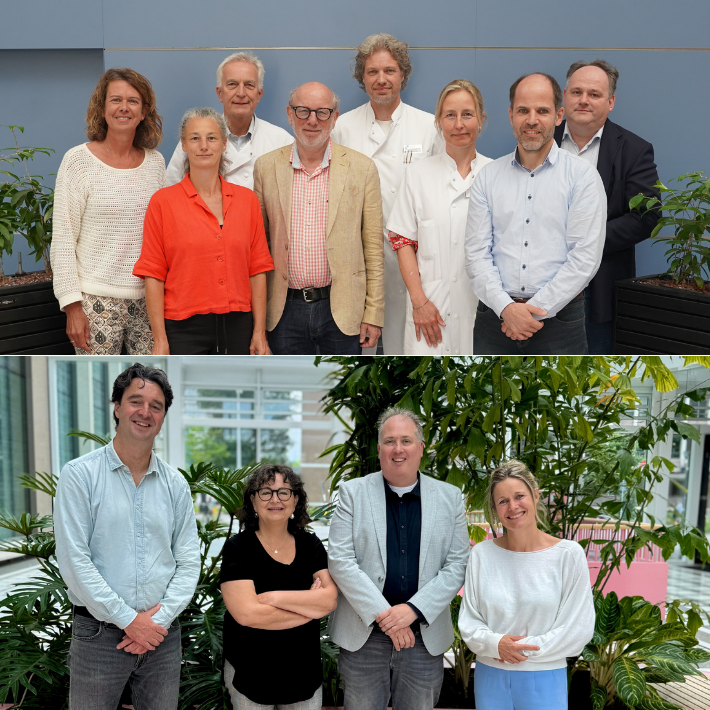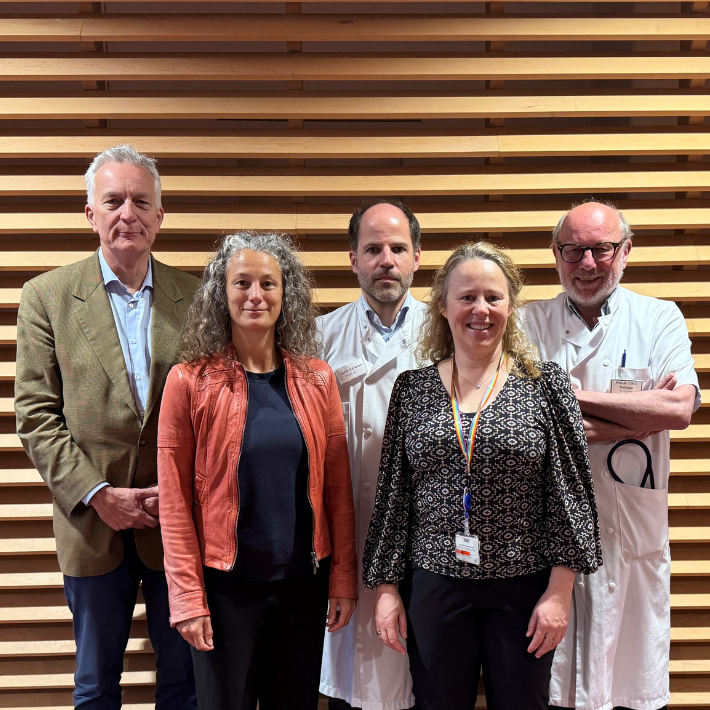New vaccine makes hidden lung cancer cells visible to the immune system
&width=710&height=710)
Invisible Cancer Cells
For patients with metastatic non-small cell lung cancer, immunotherapy is a potential treatment option. However, this therapy does not always work. Some cancer cells evade detection by the immune system, making them resistant to treatment.
Prof. Dr. Sjoerd van der Burg, a professor at LUMC and group leader at the Oncode Institute, collaborated with researchers from Erasmus MC to develop a vaccine that makes these hidden cancer cells visible again. In the scientific journal Nature Communications, they report the initial results of administering a prototype of this vaccine to 26 patients with metastatic non-small cell lung cancer.
Encouraging Early Results
The initial findings are promising. In over eighty percent of patients, the vaccine successfully triggered an immune response. PhD candidate Mitchell Emmers from Erasmus MC, under the guidance of Prof. Dr. Joachim Aerts, coordinated the vaccine administration. He explains, “We detected immune cells in the blood of vaccinated patients that had been activated by the vaccine. This means that the immune system is once again recognizing the lung cancer cells.”
The vaccine was well tolerated, with only mild side effects such as injection site pain and flu-like symptoms. Further research is needed to determine whether it ultimately reduces tumors or improves survival rates.
Antenna
Researchers at LUMC have uncovered a crucial feature of certain lung cancer cells— a unique “antenna” on their surface known as the TEIPP protein. This protein appears exclusively on cancer cells that have escaped detection by the immune system, remaining absent on healthy cells. Building on this discovery, scientists have developed a vaccine that trains immune cells to recognize TEIPP, making previously hidden cancer cells visible again and potentially enhancing the effectiveness of immunotherapy.
Next Steps in Research
With these encouraging initial results, researchers are now exploring ways to optimize the vaccine. This includes determining the ideal number of injections and investigating whether combining it with immunotherapy will improve patient outcomes. The vaccine itself may also evolve. Emmers: “This is a prototype, using only one type of TEIPP. Expanding it to include additional TEIPP variants could enhance its ability to identify cancer cells, potentially broadening treatment to a larger patient group.”
The study was funded through the Clinical Proof of Concept program of the Oncode Institute.
What is non-small cell lung cancer?
- Non-small cell lung cancer is the most common type of lung cancer. In 2024, more than 10,000 people in the Netherlands were diagnosed with it.
- On average, five years after diagnosis, only 20 percent of patients with non-small cell lung cancer are still alive.
- In most cases, the tumor is already resistant to existing treatments, including immunotherapy, at the time of diagnosis. Life-prolonging chemotherapy is an option, but it comes with significant side effects.

&width=710&height=710)
&width=710&height=710)